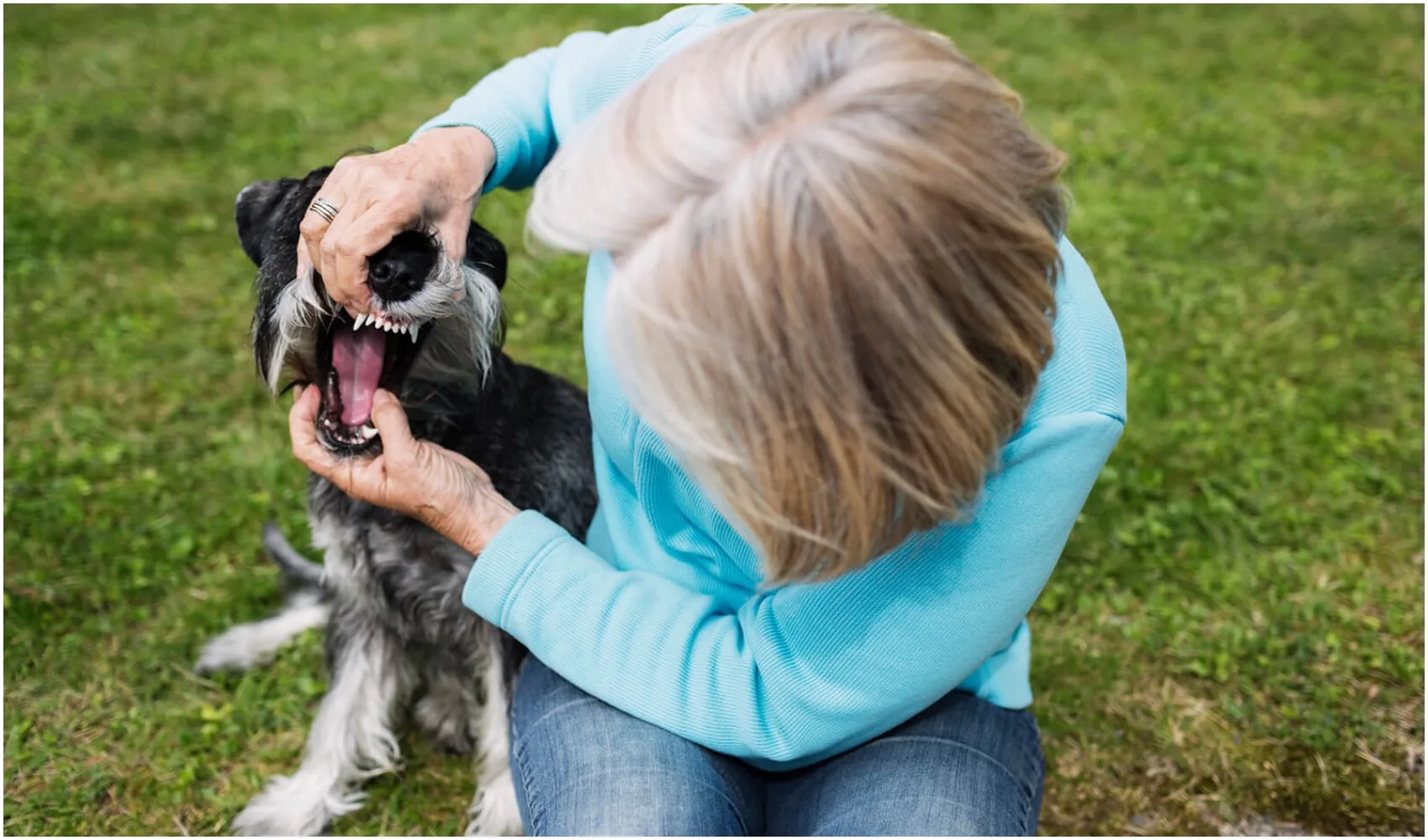One of the worst nightmares for all pet owners is that their dog is choking. But what to do when this actually happens?
How does this happen in the first place? What blocks the respiratory tract so that our dog can no longer breathe? What measures can we take to save the life of our dog in the event of a suffocation attack?
How do foreign bodies get into my dog’s respiratory tract?
They are often small foreign bodies that find their way into the respiratory tract. Since the dog moves extensively with his nose on the ground, there is a risk that he will absorb small particles via it and that they will enter the respiratory tract. These things lead, for example, to a suffocation attack in dogs:
- Fir needles
- Grasses
- Pollen
- Granns
- Stones
- Wooden pieces
There is a risk that the particles will get stuck in the trachea due to their rough and uneven surface.
Dog choking – what symptoms does a suffocation attack show in dogs?
The blockade of the respiratory tract leads to acute shortness of breath. So there is a risk of death. Your dog tries to transport the item back up by coughing up or sneezing. In some cases, veterinarians speak of backward riveting in this form of sneezing. In many cases, this does not succeed, so you have to support your dog.
First, check the respiratory tract. To do this, open your dog’s mouth and check the throat and neck. Turn his head so that you have enough light. A flashlight is ideal. Always remember self-protection. Shortness of breath is a condition in which not only people panic, but also dogs. After all, he gets little or insufficient air. There may be a bite attack. Therefore, clamp a sufficiently large piece of wood between the upper jaw and lower jaw.
Now try to pull out your tongue as far as possible. Check whether the foreign body is still in the throat or if vomit is already present. If the foreign object is visible, try to transport it out with a suitable object such as a blunt stick, small pliers or even a wooden ruler. If your dog is already unconscious, you can safely grasp the throat and clear the respiratory tract. You have to proceed here without hesitation, as a dog choking attack can be fatal.
The foreign object is stuck in the trachea
In many cases, the foreign body is already in the area of the trachea. Since there is a risk of suffocation here, you must clear the respiratory tract within a very short time with the right steps. First, check if there is still breathing.
- Check whether the chest rises and lowers.
- If a visual inspection is not possible: Place your fingers on the chest and feel lifting movements.
- In case breathing cannot be tactile: moisten your fingers and hold them in front of the dog’s nose
- If breathing is still present, you can now take the following steps to clear the respiratory tract:
Recognize breathing in dogs
- Hit your dog’s shoulder blades five times with the flat palm to loosen the foreign body.
- For small dogs: Pack it by the hind legs and gently shake it down
- For large dogs: Pack the dog behind the chest and lift the rear area so that you can shake the upper body down.
- If the item appears, remove it immediately so that your dog does not swallow it again.
- No breathing available: The trachea is completely blocked
You no longer notice breathing and the dog threatens to die of a suffocation attack: Now you have to brutally clear the respiratory tract.
To do this, use the Heimlich handle. First, place the dog on its right side of the body. Then hit the shoulder blade with the flat palm to loosen the foreign body. Now we have to generate an air shock that causes the foreign object to reach upwards.
- Position your hand with the bale below the sternum or under the rib arch on your dog’s belly.
- Apply a jerky pressure and repeat the process up to five times. This creates an overpressure on the lungs via the diaphragm, which is intended to loosen the foreign body.
- If the foreign body is not yet visible: Grab small dogs by the hind paws, lift them up and shake them gently downwards. Lift large dogs behind the chest and shake the upper body down.
- If the foreign object is still not visible, start the rescue operations again.

